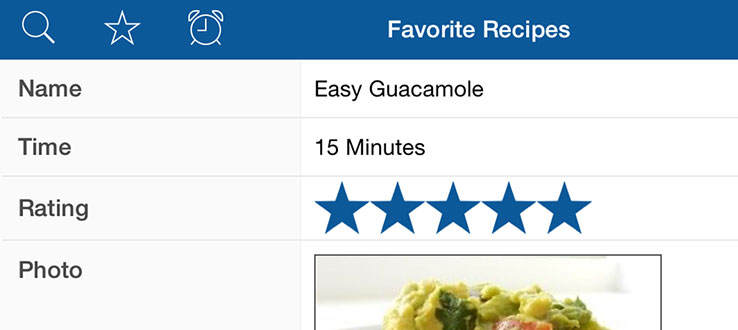
This approach is shown on Gisquick seamless integration. GIS.lab can be easily extended by other components running in Docker containers. In our demonstrated solution PyWPS is used for serving WPS processes built on the top of GRASS GIS computation platform. All these components can be rapidly, and automatically deployed by GIS.lab platform. GRASS GIS, SAGA, or other similar GIS software. A platform for GIS computing (in our case demonstrated on hydrological data processing requires core components as a geoprocessing server, map server, and a computation engine as eg.
Bento import idatabase software#
It provides a comprehensive set of free geospatial software seamlessly integrated into one, easy-to-use system. GIS.lab (http: // is a project for rapid deployment of a complete, centrally managed and horizontally scalable GIS infrastructure in the local area network, data center or cloud. This paper describes an automated deployment of such platform using two open source software projects – GIS.lab and Gisquick. Classical algorithms such as the pushbroom and growth ring techniques require computational propagation through the entire raster image, which makes it incompatible with the distributed natureīUILDING A COMPLETE FREE AND OPEN SOURCE GIS INFRASTRUCTURE FOR HYDROLOGICAL COMPUTING AND DATA PUBLICATION USING GIS.LAB AND GISQUICK PLATFORMSĭirectory of Open Access Journals (Sweden)įull Text Available Building a complete free and open source GIS computing and data publication platform can be a relatively easy task. Euclidean distance is a truly spatial GIS algorithm. The second article is entitled "A cloud computing algorithm for the calculation of Euclidian distance for raster GIS". Hybrid cloud-based GIS systems provide a compromise between these extremes.

Private cloud-based GIS systems provide the best data protection, though they have the highest entry barriers.

Public cloud-based GIS systems provide the lowest entry barriers for users among these three architectures, but their advantages are offset by data security and privacy related issues. Three cloud-based GIS system architectures are proposed: public cloud- based GIS systems, private cloud-based GIS systems and hybrid cloud-based GIS systems. Potential advantages of cloud-based GIS systems such as lower barrier to entry are consequently presented. The uniform administration systems in cloud computing make it easier to use than GRID computing. Unlike High Performance Computing (HPC), cloud computing uses inexpensive commodity computers. Features of cloud computing such as scalability, parallelization, and high availability make it a very capable computing paradigm. This paper introduces the concept, structure, and features of cloud computing. The first article is entitled "Cloud Computing and Its Applications in GIS".
Bento import idatabase professional#
These objectives thus form the basis for three professional articles. explore a solution to host and serve large volumes of raster GIS data efficiently and speedily. discover the feasibilities of migrating truly spatial GIS algorithms to distributed computing infrastructures 3. analyze and understand cloud computing and its potential for GIS 2.

The objectives of this research are to: 1. Cloud Computing and Its Applications in GISĬloud computing is a novel computing paradigm that offers highly scalable and highly available distributed computing services.


 0 kommentar(er)
0 kommentar(er)
